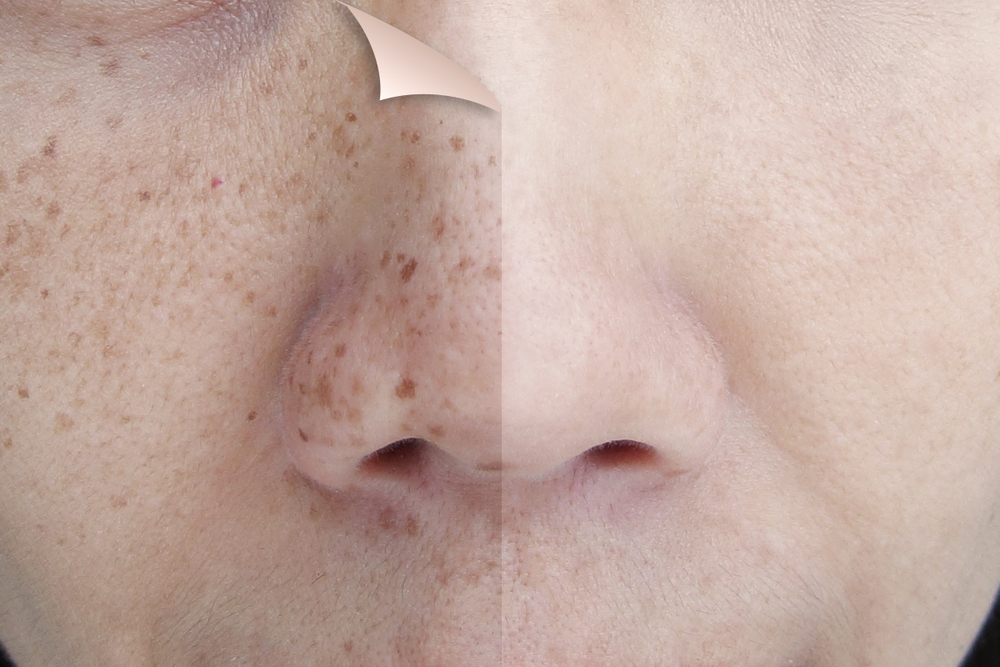Pernicious anemia — the thought of having it can make you abandon all hope because it has the word “pernicious” in its name. Well, that’s because it was once regarded as a very deadly disease due to the lack of treatments for it. These days, however, pernicious anemia is something that can be easily dealt with.
Despite of being highly curable nowadays, still it is very important to have pernicious anemia diagnosed and treated right away. If not, all sorts of serious complications may take place, and many of them can be life-threatening.
What is Pernicious Anemia?
There are hundreds of different types of anemia out there, according to doctors, and the most common of them all is iron-deficiency anemia. Just like what the name says, it is brought about by insufficient amounts of iron, which is a mineral necessitated by the body for the production of red blood cells or RBCs.
On the other hand, pernicious anemia is a rare type of anemia. A type of autoimmune condition, it is said to affect only 0.1 percent of the population.
Pernicious anemia happens when the body is incapable of absorbing cobalamin or vitamin B12, which is also a role player in the production of red blood cells just like iron. While there are many, many vitamin B12-containing foods around, someone who has pernicious anemia has a hard time getting enough vitamin B12 from its various food sources.
It’s important to not confuse pernicious anemia with vitamin B12 deficiency — someone who is deficient in vitamin B12 is simply not including enough vitamin B12-rich foods in the diet on a regular basis, while someone who has pernicious anemia cannot absorb vitamin B12 supplied by foods.
Who is at Risk?
Medical experts say that pernicious anemia is something that’s hereditary in nature. In other words, it is a blood disorder that can be passed by the parents to their offspring.
This only means that you may have pernicious anemia if one of your parents or any blood relative has it. However, there is no need to panic if someone in the family has been diagnosed with pernicious anemia — it doesn’t mean right away that you will have it. And even if you wake up one day having pernicious anemia, it’s important to know that it is very much treatable, although it has to be done ASAP to ward off complications.
By the way, doctors add that those who have type 1 diabetes, problems affecting the intestines like Crohn’s disease, or autoimmune conditions may also be at risk of pernicious anemia.
What are the Telltale Signs?
Pernicious anemia progresses very slowly. Because of this, you may overlook some of the signs and symptoms of the blood disorder as you may simply get used to them over time. Below you will come across some of the warning signs that you may have pernicious anemia:
Pale skin
Since there’s insufficiency of RBCs in the bloodstream due to pernicious anemia, your skin may look pale. The same is true with your nails and the insides of your lower eyelids.
Weakness and fatigue
Your RBCs are the one that distribute oxygen to your body. Without enough RBCs, your muscles fail to get all the oxygen molecules they require.
Brain fog
Your muscles are not the only ones that are not supplied with enough oxygen, but also the brain. This can result in poor cognitive functioning, and sometimes mood swings, too.
Tongue swelling
Only a small number of people with pernicious anemia end up with inflamed “beefy” red tongue. Those who don’t have it say that their tongues are tender or bleed easily.
Chest pain
It’s not just pain in the chest that you may experience if you have pernicious anemia, but also palpitations as your heart needs to work harder.
Pins and needles
The nerves also require vitamin B12 for optimum functioning. It’s for this reason why pins and needles most especially in the extremities usually go hand in hand with pernicious anemia.








